

Posted by Wayne Parham [ 64.216.178.154 ] on July 08, 2005 at 01:51:18:
Development of the 12 π is just about done. After working on the cooling system, I'm confident of the size needed for the system and so I worked on basshorn models that could implement the improved features. The requirements of the horn are that it have good response even when used alone, that it incorporate symmetrical drive and that it have improved cooling for increased power handling and reduced compression at sustained high power levels.
I'm very excited because I am confident this design provides all this and more. It all just came together in what I think is a wonderful new design.
For those who aren't already familiar with the development of the 12 π basshorn, I've written a brief history with some links to past discussions. Links are provided below for the history and some other observations. But for now, onto the technical discussion.
The 12 π basshorn is a 30Hz horn that provides reasonably flat response even when used alone. When used in pairs or singly but placed in a corner, response is even more impressive. A pair of drivers are used in push-pull configuration to reduce harmonic distortion. Between the reduced excursion of horn loading and the improved symmetry of the push-pull configuration, distortion is lower than standard horn loaded speakers or direct radiators with shorting rings. This system takes advantage of everything to make distortion as low as possible. And the use of a heat exchanger reduces heat build-up in the motor, so compression is reduced and power handling is increased.
In short, there's nothing like it.
That may seem a bit of an optimistic statement, and maybe it is. But the models make me bristle with excitement. Between the models and the initial cooling system measurements, I'm confident that this basshorn sets the standard. I'll have the prototype built in the next few weeks and we'll see.
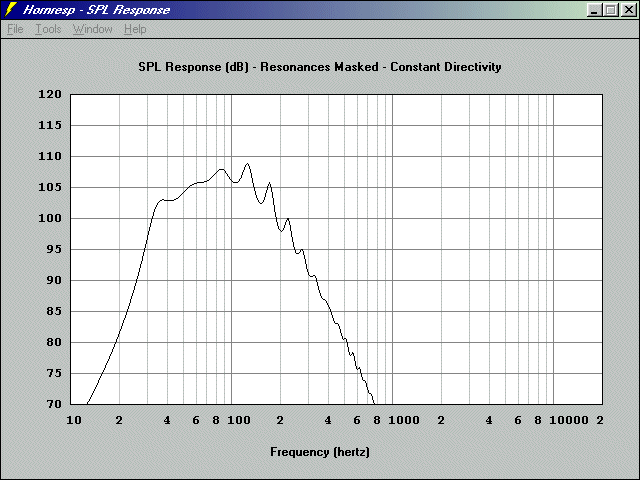
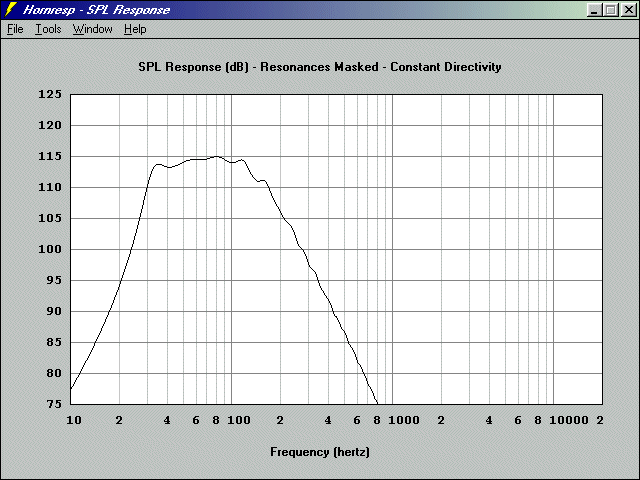
Dimensions for this horn are just under 4' x 4' x 2.5'. At approximately 33ft3, it's not a small horn. But that's what it takes to get decent response from a horn. Other smaller horns require several clustered devices to get the same response as a single horn or small number of horns like this provides. So I think the 12π hornsub provides a lot of benefits without a lot of trade-offs. It's a no-compromise design.
Now let's look at performance on the juiced end.
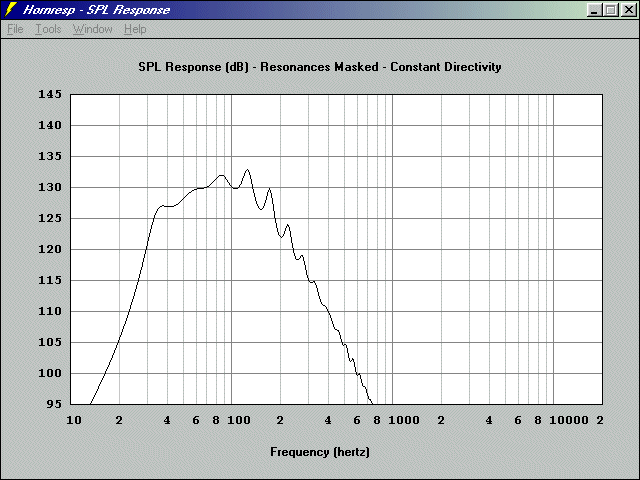
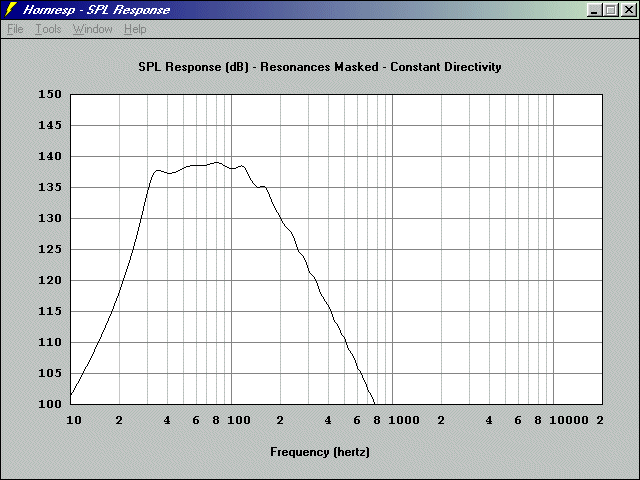
According to Hornresp, the speaker is quite capable of good response and very high output.
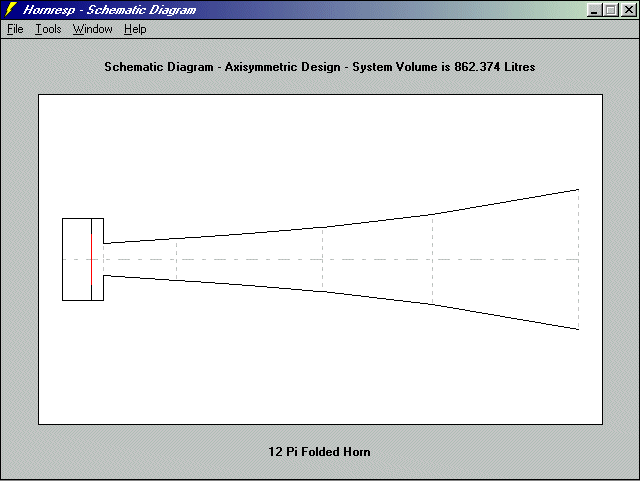
The driver chosen is the LAB12, and its mechanical limits are reached at 44mm. At 28Hz, excursion peaks, but it is common practice to high-pass a subwoofer like this if it is pushed hard. If source material is limited below 30Hz, then the device can be expected to never reach its mechanical limits. And since a heat exchanger is used to remove heat from the motor chamber, thermal limits are greatly increased too.
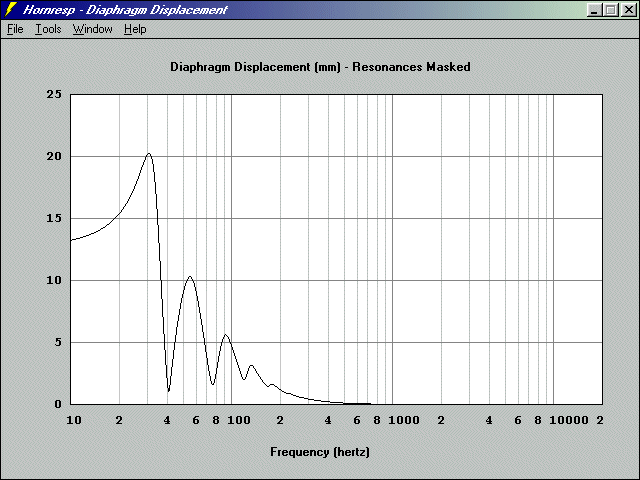
The shape of the horn is pretty basic. It is very much like some of the other common basshorn designs, but a little larger than most of them. I considered several folding arrangements. The scoop-style of the earlier ten π, the W and Z style fold and the spiral all were examined. One thing that complicated my decision was the fact that the cooling system might have needed extra space, and it might have needed the drivers to be placed near an external cabinet wall. The W shape allowed both drivers to be placed near the back wall, so I had that in mind. But the spiral had been adopted by so many folded horn builders, that it allowed me to develop a cooling system compatible with all horns. So I chose it as well, thus making the heat exchanger designed for the 12 π to be compatible with the LABhorn and ServoDrive horns, BassMaxx and Fitzmaurice basshorns, as well as many others.

The folding geometry is not unlike other designs, with the biggest difference being the front chamber and the throat. Another important difference is the push-pull arrangement of the drivers:
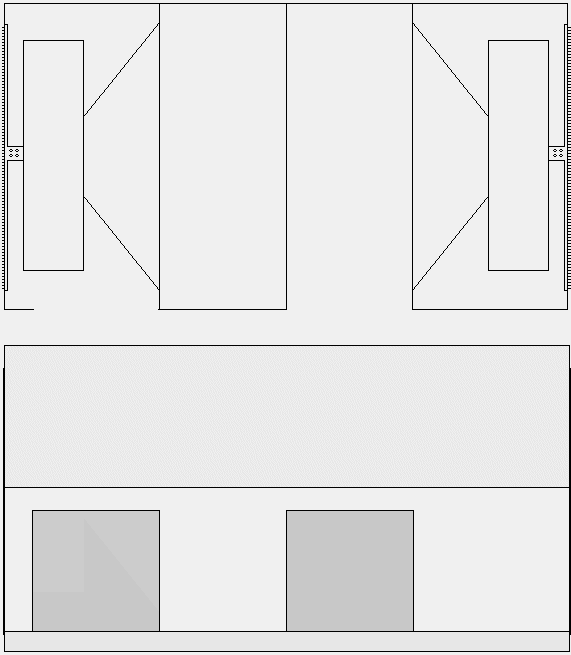
Another important difference is in the cooling system, which doubles as an access plate. By removing the heat from the inside of the box, the long-term thermal limits will be improved and compression reduced.
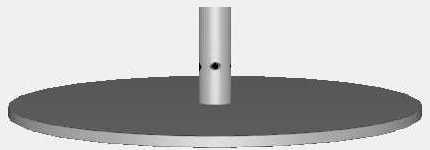
A quick word about the cooling system. I explored a lot of possibilities, and one in particular was very interesting and potentially beneficial. The one I chose was a simple heat exchanger with a metal rod that connects the hot center pole piece to a large aluminum panel. We found it to be simple and effective. But we also made an air pump that worked quite well and it could be used with an intercooler to remove heat. It also serves to muffle vent chuffing, which is of benefit for builders of dipoles, isobaric and push-pull direct radiators. But for this application, the front chamber will muffle the vent noise, so I don't think the added complexity of the ducting was merited. As I said, having the compatibility with other basshorns is attractive, since it lets us all use the same hardware for cooling.
I'm planning to build the prototype this month, and I'm anxious to verify its performance. But I trust the models. McBean's Hornresp was used to model the 12 π basshorn, and I've used it to model other horns in the past. The results have always had good correlation with measured response, so I am pretty comfortable with the models.
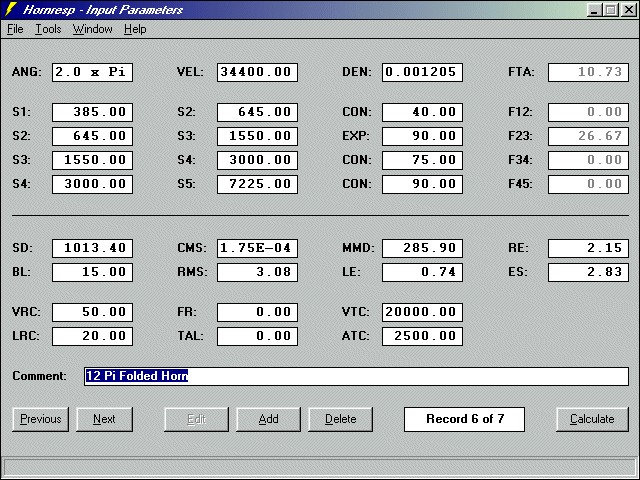
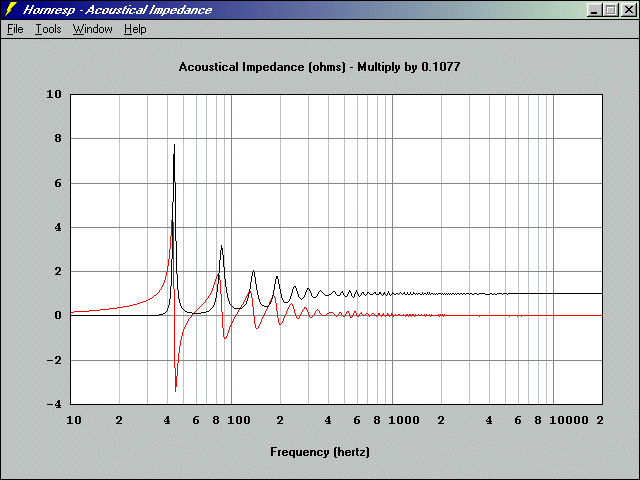
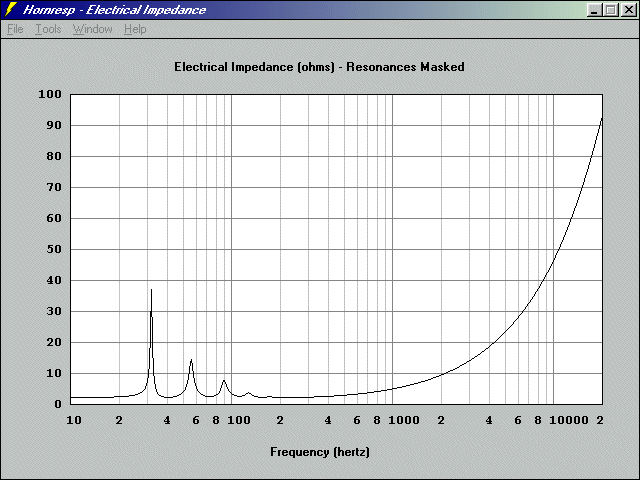
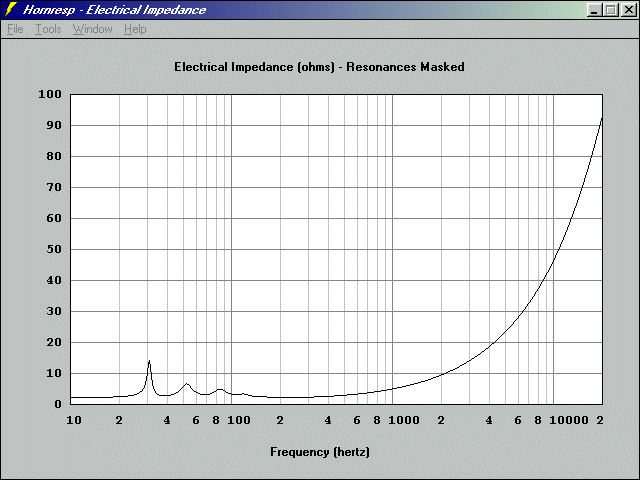
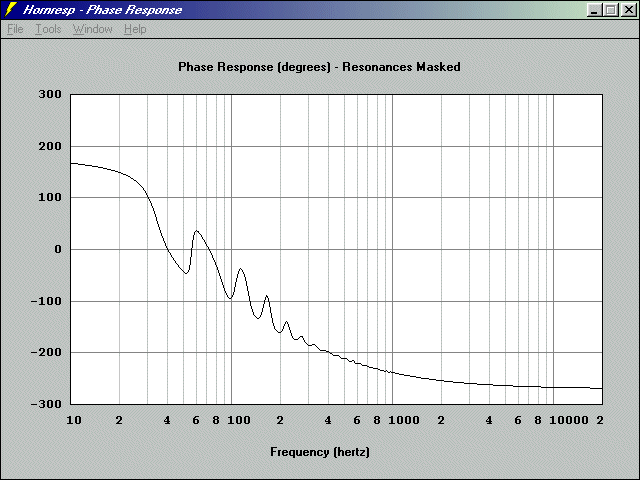
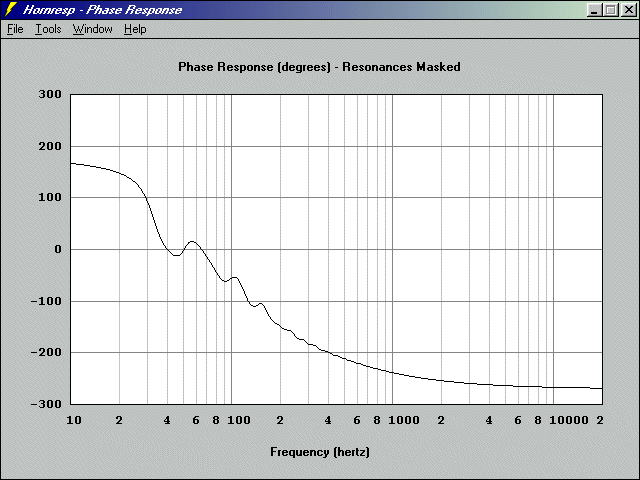
[ PiSpeakers Forum ] [ Help ]